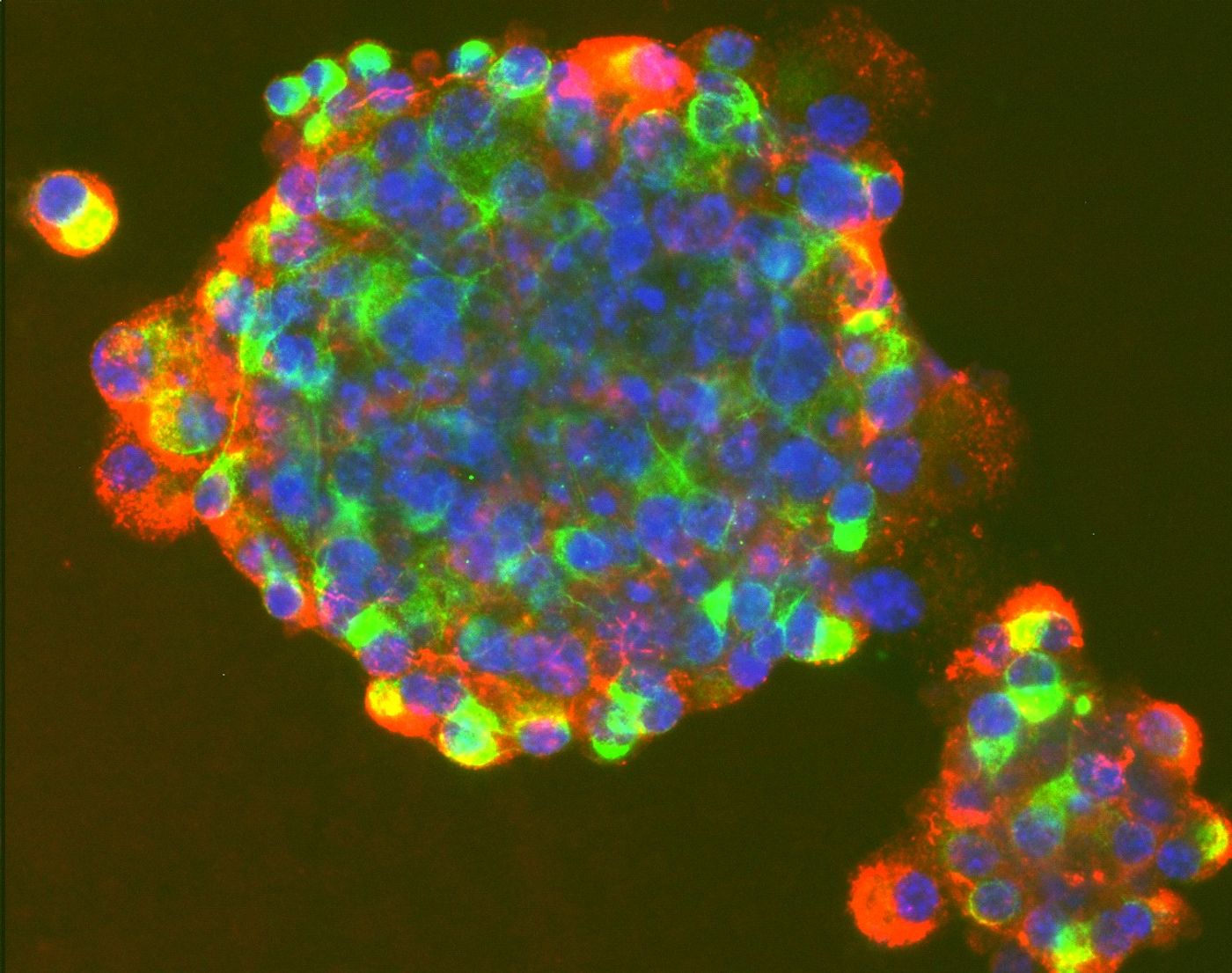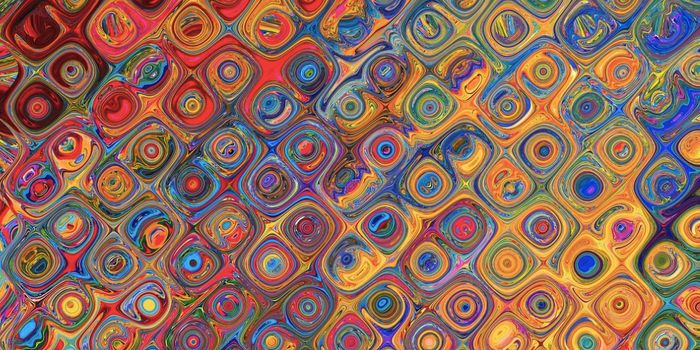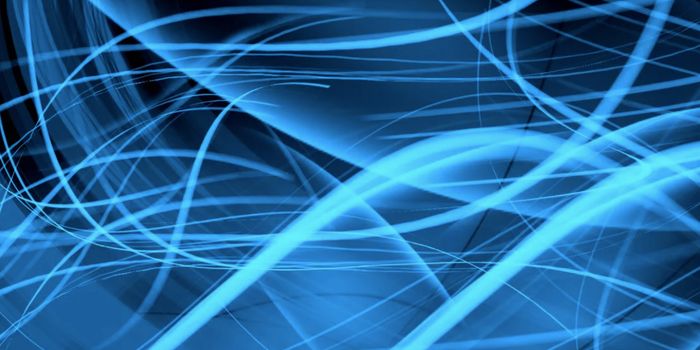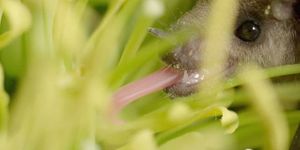Gene Essential for Reprogramming Human Amniotic Stem Cells
Stem cells were originally induced to become pluripotent, or able to develop into any cell type in the body, using genetic manipulations by viral transduction. It has since been discovered that stem cells can be chemically induced, a much easier and sure-fire method for pluripotency. In addition, pluripotency has initially been studied in controversial embryonic stem cells.
Published this month in Molecular Therapy, scientists have now confirmed that they can achieve 100% chemical induction of human amniotic stem cells as long as the gene OCT4 is re-activated. Without activation of OCT4, induction is not successful.
The research, led by University College London and Heinrich Heine University, demonstrates the flexibility to induce amniotic stem cells as opposed to the ethically challenging embryonic stem cells, creating pluripotent amniotic cells that behave just as their embryonic counterparts would. Human amniotic stem cells can be induced to pluripotency within 2-3 weeks of harvest, and can maintain their pluripotent properties even if they have been frozen and thawed.
Knowing that the OCT4 gene is one in a set of genes that becomes reactivated during induction, the team tested inducing the cells with and without OCT4 in addition to the other genes. They found that OCT4 appears to be the one gene required for induction success. If OCT4 is not reactivated, the chemical induction of the amniotic cells will not occur.
“Chemical reprogramming of amniotic cells is very efficient as all the cells treated are successfully reprogrammed. We now know the gene OCT4 is essential and must be reactivated to induce pluripotency using only chemicals. If we block OCT4, the chemical cocktail that we used does not work. Therefore, the efforts to develop chemical reprogramming need to focus on reactivating OCT4,” said Dr Pascale Guillot from the UCL Institute for Women’s Health, who led the study with Professor Paolo De Coppi from the UCL Great Ormond Street Institute of Child Health and Professor James Adjaye, Director of the Institute for Stem Cell Research and Regenerative Medicine at Heinrich Heine University, Duesseldorf.
Guillot and colleagues performed single cell analysis and functional assays to demonstrate that chemical treatment created a full population of self-renewing pluripotent cells. Pluripotency is characterized by a short G1 cell cycle phase, a dependence on glycolytic metabolism, expression of epigenetic modifications on histones 3 and 4, and reactivation of endogenous OCT4 and downstream targets. The findings identify the first time pluripotent status of human chemically-induced amniotic stem cells has been achieved.
Once reprogrammed to pluripotency, the amniotic stem cells can develop into any cell type in the human body. The results suggest significant potential in using a person’s own amniotic cells that have been induced and then frozen to treat any issues that person might have later in life.
Sources: UCL News, Molecular Therapy, JMCB









